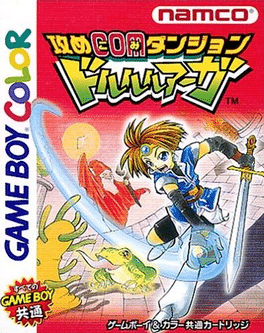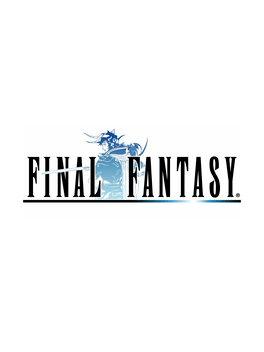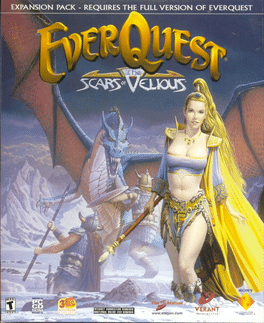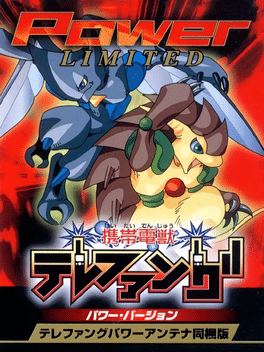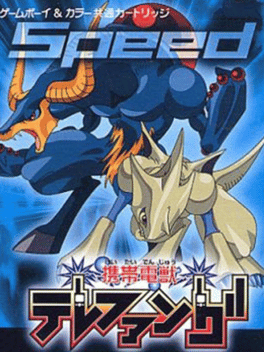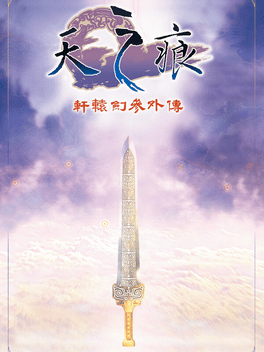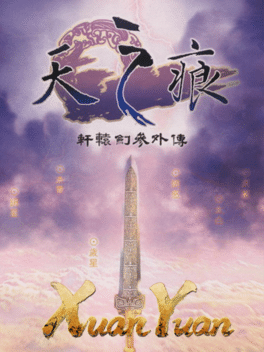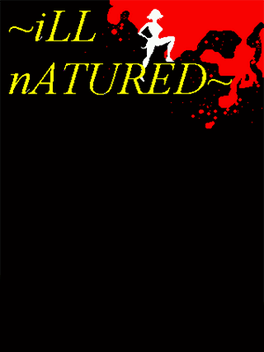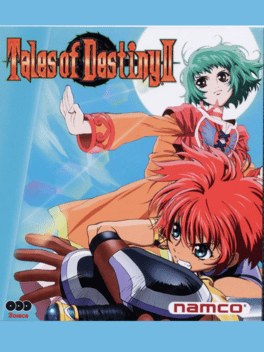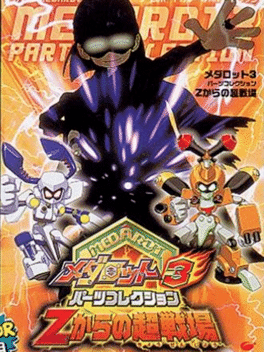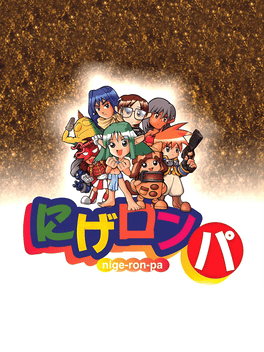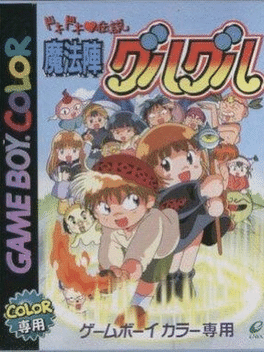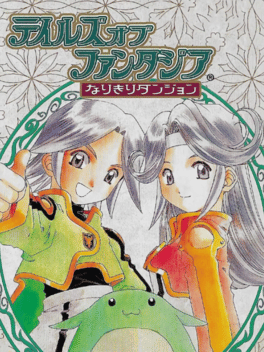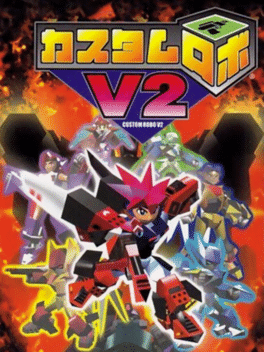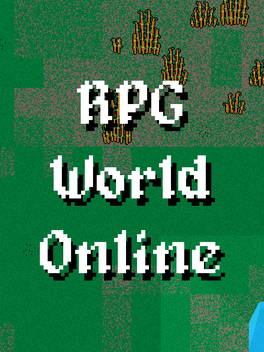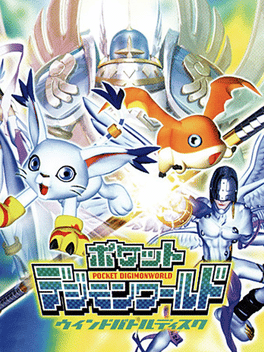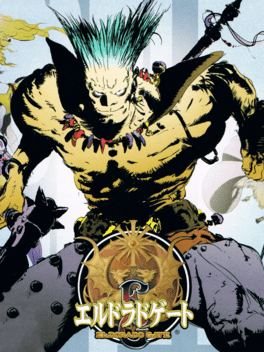New Role Playing Rpg Games - Page 231
-
Eldorado Gate Volume 2
2000
El Dorado Gate is console gaming's first serial RPG series, where each Dreamcast GD-ROM contains 3 seperate (though interrelated) adventures, each telling a story of one of the series' 12 characters. There's 7 volumes in all, the first few introducing the characters whilst the later volumes flesh out how their stories are related, leading to the finale. Part of Capcom's experiment of serializing an RPG over a year with one part every other month. -
Final Fantasy
2000
Final Fantasy
2000
star 7.7The WonderSwan release of FINAL FANTASY contained is a remake of the original game, using higher quality MIDI, cleaner 32-bit graphics and featuring new scenes that further expand the details of the story. This enhanced release would eventually see release in the west as part of the FINAL FANTASY ORIGINS collection. -
EverQuest: The Scars of Velious
2000
Scars of Velious is the second expansion for the popular MMORPG EverQuest. -
Keitai Denjuu Telefang: Power Version
2000
In the year 2020 it has become possible to travel to the Denjuu world using D-Shots, special mobile phones. Making friends and sharing telephone numbers with Denjuu has become popular among humans. The protagonist, Shigeki, despite having originally arrived in the Denjuu world by accident, becomes determined to travel the world with his new Denjuu companion, and make more new friends while he is there. Keitai Denjuu Telefang (Japanese: 携帯電獣テレファング; Romaji: Keitai Denjuu Terefangu), also known as Telefang 1 (since there are two games in this series), is a video game for Game Boy Color released by Smilesoft in Japan. It is available in two versions, Power and Speed. The game was not released in English, and is best known among English audiences for the a bootlegged game version which was hacked and sold as a fake Pokémon game. -
Keitai Denjuu Telefang: Speed Version
2000
In the year 2020 it has become possible to travel to the Denjuu world using D-Shots, special mobile phones. Making friends and sharing telephone numbers with Denjuu has become popular among humans. The protagonist, Shigeki, despite having originally arrived in the Denjuu world by accident, becomes determined to travel the world with his new Denjuu companion, and make more new friends while he is there. Keitai Denjuu Telefang (Japanese: 携帯電獣テレファング; Romaji: Keitai Denjuu Terefangu), also known as Telefang 1 (since there are two games in this series), is a video game for Game Boy Color released by Smilesoft in Japan. It is available in two versions, Power and Speed. The game was not released in English, and is best known among English audiences for the a bootlegged game version which was hacked and sold as a fake Pokémon game. -
Xuan-Yuan Sword 3: The Scar of the Sky
2000
The Magic System is revamped in this game. All magics now belong to one of the five elements of metal, wood, water, fire, and earth in Chinese mythology. The game was released on December 2, 2000. A television series based from the game, produced by Chinese Entertainment Shanghai Limited, starring Hu Ge and Cecilia Liu, aired in 2012. -
Ill Natured
2000
Ill Natured
2000
iLL nATURED is a game made in RPG Maker 2000 by locus, also known as iLL rEBEL. Long ago, humanity discovered Venus's Bracelet, a ring of habitable planets. One of them, Allos, became a conflict zone as its native species, the Figinians, saw humans as a threat. The two races have been at war ever since. Flame and Melody escape from their native Torbexia, one of Allos's human slave colonies, in search of a new life—but they end up getting involved in the flames of a war that's beginning to unfold. -
GB Harobots
2000
GB Harobots
2000
GB Harobots is a Role-Playing game, published by Sunrise Interactive, which was released in Japan in 2000. -
Tales of Destiny II
2000
Tales of Destiny II
2000
star 7.9Tales of Eternia is an action japanese role playing game, with real time battle scenes (combos and spells can be assigned to the face buttons). The game is set in the fantasy world of Inferia, follows the story of a young hunter named Reid Hershel and his friends, Farah and Keele, as they meet a mysterious girl who speaks an unknown language. Their subsequent quest to discover her origins leads them across a dimensional boundary to an entirely different realm known as Celestia, where they become involved in an age-old conflict between the two worlds. It would later inspire a 13-episode anime co-produced by Production I.G loosely based on the game's plot. -
TechnoMage: Return of Eternity
2000
Enter into an action-packed and thrilling adventure! Gothos, a world full of secrets and strange creatures and of two cultures; one technically gifted and inventive, the other blessed with knowledge and magical powers. Yet both face a common threat. You assume the role of Meliv, the TechnoMage. In your eventful travels through fascination worlds, you will meet curious peoples, bizarre characters and the enchanting Talis, who shares your destiny. It was only ever released in the PAL region. -
Nige-ron-pa
2000
Nige-ron-pa
2000
nige-ron-pa is a turn-based RPG set in the world the game was named after featuring humans, elves, demons and other creatures co-existing with each other. Players take control of an elf and a catgirl who are about to take the exam and become workers. After passing the exam and obtaining a license, players can accept various tasks which will reward them with money and Worker points. The worker points serve both as the game's reputation system and are an integral part of the game's license system. They determine who would accept to be a part of the player's party, as well as allow players to get new licenses, which works in a similar way to Final Fantasy's job system. Equipping different licenses will unlock different spells for players to use in battle. The more worker points players get, the more likely it is that additional characters can be hired. -
Doki-doki Densetsu: Mahoujin Guru-guru
2000
Doki Doki Densetsu: Mahoujin Guruguru is a Role-Playing game, published by Enix Corporation, which was released in Japan in 2000. -
Tales of Phantasia: Narikiri Dungeon
2000
Tales of Phantasia: Narikiri Dungeon is a Dungeon RPG. It is the first sequel in the Tales series, which normally does not have connected storylines. The story begins 205 years after the beginning of Tales of Phantasia. -
Custom Robo V2
2000
Custom Robo V2
2000
Custom Robo V2 is the second game in the Custom Robo series. It is similar to the first, but it features tag teaming. The player travels an overworld, and participates in Custom Robo battles. The goal of the game is to win every battle of the storyline while collecting every Robo, battle part, and item. -
RPG World Online
2000
RPG World Online
2000
RPG World Online is an online, multiplayer, persistent, sandbox role-playing game. It has old school graphics with modern, new school features, and has been running since 2000. -
Pocket Digimon World: Wind Battle Disc
2000
An expansion of Pocket Digimon World. Five Digi-Eggs can be downloaded to a PlaySation memory card, though only one can be downloaded to a Pocket Station and the Digi-Eggs will be received in Jijimon's House. The Digimon must then be raised through training and battling on File Island. -
Eldorado Gate Volume 1
2000
Part of Capcom's experiment of serializing an RPG over a year with one part every other month. Each disc was roughly 6-8 hours of play time and cost about $30.
